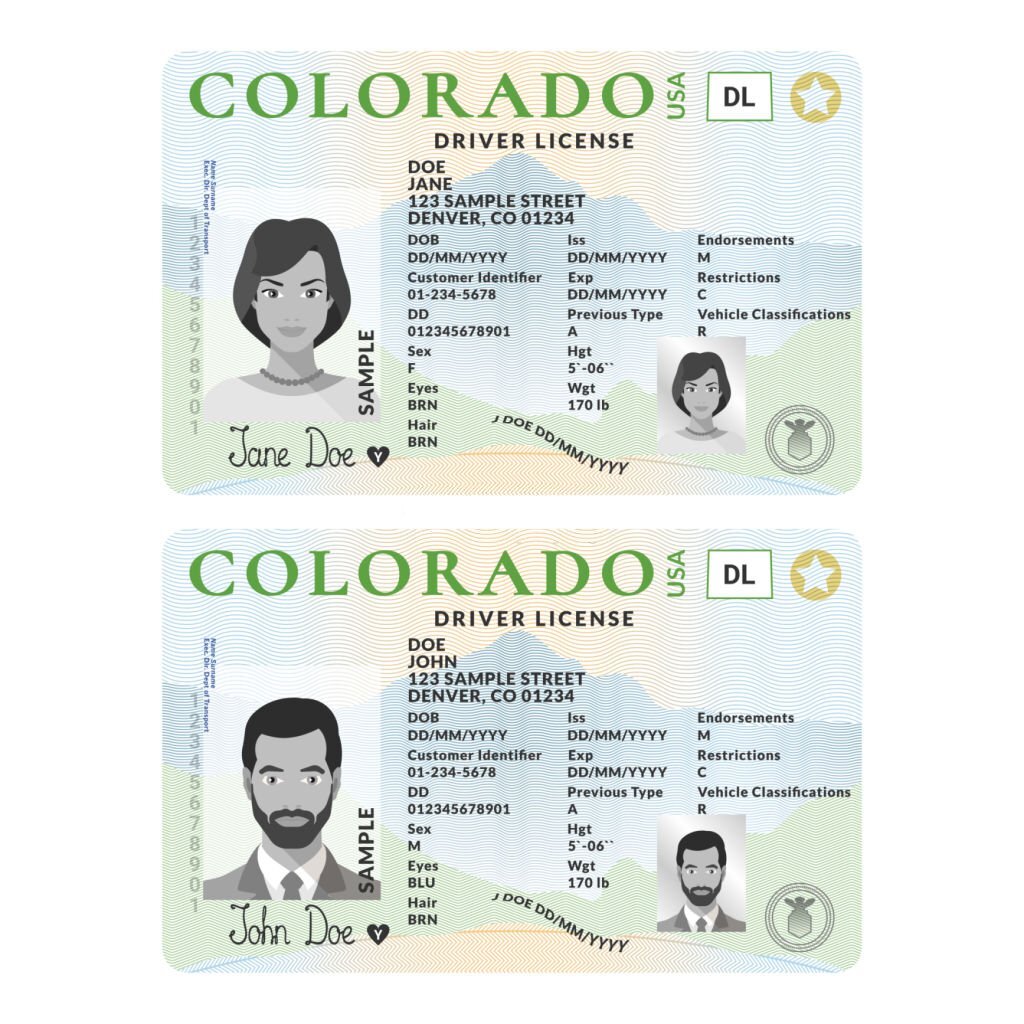10 Safety Features in Fake Identification Cards
Today's fake IDs aren't just printed with personal information. Due to criminals' superior technology, id cards must be protected. The government added various security mechanisms. All of this protects the cardholder's identity.
Here, we'll discuss ID card security features. Many are unknown or unconsidered. These security features will protect your card from fraud.
Here are 10 ID card security aspects.
Barcodes
Barcodes are good security codes since they contain cardholder data. If someone steals and uses your card without authorization, the location can trace and detect the wrongdoing. It prevents non-owner mishaps.
Barcodes are linked to databases. It's nearly impossible to fake its barcode or identification. Polycarbonate, the current ID card material, makes barcoding problematic. This requires specialized equipment/printer.
Owner's photo
It's basic security. A photo protects the card best. Changing photos used to be easier. You must replace the outdated photo on the ID card with yours. Today's id cards print photos directly on the card. So, it's hard to remove.
Even with a new photo, the card's substance will be different. So you can spot fakeIDs. A photo-only ID card wouldn't provide enough protection. A nice photo is your fake id's defense. We'll show you more security features.
Magstripe
This is on the card's back. Its unique makeup identifies the card and its owner to the card reader. Magnetic stripe material is magnetic. The card reader can read its data.
Magnetic stripe information is updatable and updated. It's hard to fake because it updates the cardholder's information. This security measure can't be bypassed without modifying the server's database.
RFID/Smart Card
Smart card is an ID upgrade. It doesn't employ a magnetic stripe card reader. Radio frequency is used to detect and confirm. A smart card has an antenna coil-like element. This section receives card reader radio waves.
One place holds the card reader. Then it sends out a radio wave to detect any smart cards nearby. The card reader reads the smart card that its antenna coil receives. Then it decides if you can in. Or, it speeds up a transaction.
Most smart card readers have face recognition cameras. Each has a different role yet helps the others. The card reader reads the card information, and the camera checks if the user's physical identity matches the card's.
Fluorescent overlay
The latest fake IDs have fluorescent overlays. Not a hologram. This strengthens the card. It only takes one printing cycle. No lamination or varnish needed. This saves money for a more durable and secure card.
Fluorescent ID cards are counterfeit-proof. When combined with the right materials, it can survive longer. This attribute and capability are required under the Real ID Act's card renewal requirement.
Identity holograms
Holograms are also a good ID card security feature. Card surface hologram. It's both an authentication and counterfeit-prevention tool.
Many false cards have a hologram-like picture. Incorrect. Only one organization has the printing technology and equipment to add this component to ID cards.
A fake card's hologram is easy to spot. The genuine card changes color or shape when moved. Fake cards can't do that. It's a flat, blurry image on a faded background that looks like a hologram.
Microtext/microprinting
As the name suggests, it's microtext. This feature isn't on commercial and ordinary printers. Text composition requires industrial equipment. Another secure ID card feature. It's hard to replicate or make.
The micro size makes the text or sentence look like a line. It requires a certain magnification. Card readers can also read microprinting. Invest in both card-validity tools for your firm.
Engraving
Current laser technology can engrave an ID card's name. Laser engraving creates a different card texture than regular printing. Standard printing is counterfeitable since card ink can be removed. Replace the wording and logo. You've changed the card's identity.
Laser engraving generates beveled edges and carved letters. This section will damage the card if removed. Laser-engraved ID cards are nearly impossible to fake. Current ID cards don't use this strategy. We expect this feature will be standard on future ID cards.
Layer Specific
Lamination protects card surfaces from damage and stains. Today's ID cards are laminated. This layer protects the card surface from stains and damage. It also avoids fakes. This component readily detects phony cards. Driving licenses are easy.
The lamination layer is distinct from commercial lamination. Stiff and hard to bend. Standard lamination is finger-foldable. It helps detect phony cards.
IR Ink
Ink can secure ID cards. Use IR ink. Unlike other inks. This ink changes color when exposed to a specific light frequency. IR cameras can detect text produced with this ink. This camera can see invisible writing on some ID cards.
Conclusion
The latest technology makes these ID card security measures possible. It prevents others from using your identity. If you are looking to buy fake driver’s license, you can reach out to club21IDs. They’ll help you get the best quality fake Ids.



Comments
Post a Comment